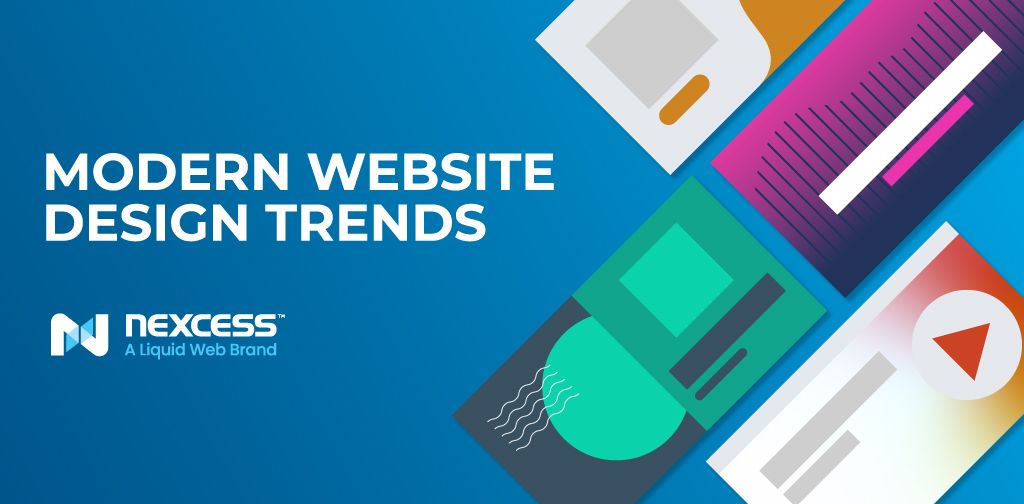CG Insights
Explore the latest trends and insights in technology and culture.
Web Design Trends That Make You Go Wow!
Discover jaw-dropping web design trends that will elevate your site! Uncover the styles that are captivating audiences in 2023.
Top 10 Web Design Trends That Will Wow Your Audience in 2023
The world of web design is constantly evolving, and to truly engage your audience in 2023, staying ahead of the curve is crucial. Here are the top 10 web design trends that are set to wow users this year:
- Minimalism: Simplicity is key; clean designs with ample white space will dominate.
- Dark Mode: As screens become more ubiquitous, dark themes reduce strain and enhance aesthetics.
- 3D Elements: Incorporating three-dimensional visuals creates a more immersive experience.
- Micro-interactions: Subtle animations and feedback will provide users with engaging interactions.
- Custom Illustrations: Unique, tailored graphics help brands stand out from the crowd.
Continuing with our list, here are five more trends transforming the web design landscape in 2023:
- Responsive Design: Ensuring seamless experiences across all devices remains a necessity.
- Bold Typography: Eye-catching fonts will add character and enhance readability.
- Voice User Interface (VUI): With the rise of voice search, integrating VUI will enhance accessibility.
- Data Visualization: Cleverly designed infographics present complex data clearly.
- Augmented Reality (AR): Incorporating AR will offer users interactive and innovative experiences.

How to Incorporate Bold Colors and Typography in Your Web Design
Incorporating bold colors into your web design can significantly enhance its visual appeal and user experience. Begin by selecting a color palette that reflects your brand's identity; consider using complementary colors to create contrast and draw attention to important elements. For instance, utilizing a vibrant accent color on buttons and calls to action can make them stand out against a muted background. Additionally, don't shy away from using color gradients and overlays. They can provide depth and interest, helping to elevate the overall aesthetic of your website.
When it comes to typography, choosing the right fonts is just as crucial as selecting your color scheme. Aim for a balance between readability and creativity; mixing bold typefaces with lighter ones can create a dynamic visual hierarchy. Consider using larger font sizes for headings and a more subdued look for body text. Furthermore, experimenting with custom typography can set your design apart—don’t hesitate to incorporate unique font choices that resonate with your brand's personality. Always test your design across different devices to ensure that it remains accessible and visually engaging.
What Are the Latest Innovations in User Experience (UX) Design?
In the dynamic landscape of User Experience (UX) Design, recent innovations are revolutionizing how users interact with digital products. One of the most noteworthy advancements is the integration of artificial intelligence (AI) to create personalized experiences. By leveraging machine learning algorithms, designers can analyze user behavior and preferences, allowing for real-time adjustments to interface elements. This creates a more intuitive and engaging experience, as users are presented with content and features tailored specifically to their needs.
Another significant trend is the rise of immersive technologies such as augmented reality (AR) and virtual reality (VR). These technologies blur the lines between the digital and physical worlds, enabling users to interact with products in a rich, engaging manner. For example, retailers are adopting VR to offer customers a virtual shopping experience, while AR apps provide interactive features that enhance engagement. Additionally, the emphasis on micro-interactions—subtle animations and feedback responses—has become crucial in shaping the overall user journey, making each interaction meaningful and enhancing the emotional connection users have with the product.